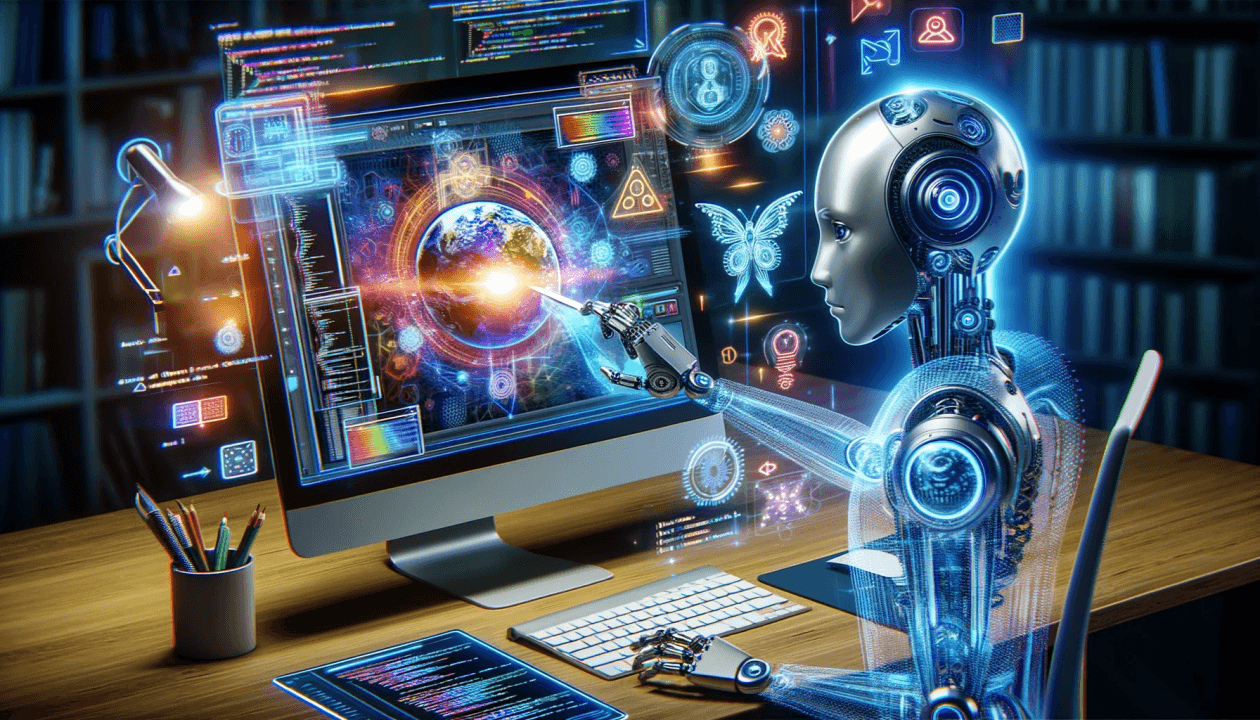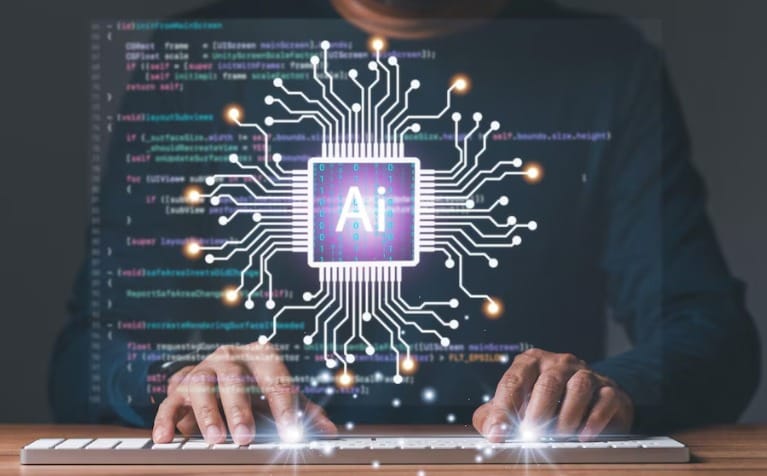For years, the backbone of our digital world – backend systems – have diligently operated with a degree of predictability. They store data, process requests, and serve information based on predefined rules and logic. While reliable, these static architectures often struggle to adapt to the ever-increasing complexity and dynamism of modern applications and user expectations. Enter Artificial Intelligence (AI), a transformative force poised to revolutionize backend systems, injecting intelligence, automation, and unprecedented levels of efficiency. This evolution from static to intelligent backends is not just a technological upgrade; it’s a fundamental shift in how we build, manage, and leverage the core of our digital infrastructure.
The way we work has undergone a seismic shift in recent years, with remote work transitioning from a niche perk to a mainstream reality for countless individuals and organizations worldwide. Fueled by technological advancements and a growing recognition of its potential benefits, the “remote revolution” is reshaping not only our daily routines but also the very fabric of how businesses operate and individuals experience their careers. This evolution is far from over, and understanding the present landscape and the technologies driving it is crucial for navigating the future of distributed work.
The Limitations of Static Backend Systems
Traditional backend systems, built on rigid frameworks and deterministic algorithms, face several inherent limitations in today’s rapidly evolving landscape:
- Inflexibility and Scalability Challenges: Adapting to fluctuating demands or integrating new functionalities often requires significant code changes and infrastructure adjustments. Scaling resources can be a reactive process, leading to either over-provisioning or performance bottlenecks during peak loads.
- Reactive Problem Solving: Identifying and resolving issues typically relies on manual monitoring, log analysis, and predefined alerts. This reactive approach can lead to downtime and delayed resolutions, impacting user experience and business operations.
- Limited Data Utilization: While static systems store vast amounts of data, extracting meaningful insights and leveraging them for proactive decision-making is often a manual and cumbersome process. The potential for data-driven optimization remains largely untapped.
- Lack of Personalization and Contextual Awareness: Static systems generally treat all users and requests uniformly, lacking the ability to understand individual preferences, context, or evolving patterns. This hinders the delivery of personalized experiences and tailored services.
- Repetitive and Manual Tasks: Many operational tasks, such as data validation, anomaly detection, and routine maintenance, are often performed manually, consuming valuable time and resources that could be better allocated to strategic initiatives.
The Dawn of Intelligent Backend Systems: Where AI Takes Center Stage
Integrating AI into backend systems promises to overcome these limitations, ushering in an era of intelligent automation, proactive problem-solving, and enhanced efficiency. Here’s how AI is transforming the backend landscape:
- Intelligent Automation: AI algorithms, particularly in areas like Natural Language Processing (NLP) and Robotic Process Automation (RPA), can automate repetitive and time-consuming backend tasks. This includes data entry, report generation, invoice processing, and even code deployment, freeing up human developers and operations teams to focus on more complex and strategic initiatives.
- Predictive Analytics and Proactive Problem Solving: Machine learning models can analyze historical data to identify patterns, predict future trends, and anticipate potential issues before they escalate. This allows for proactive resource allocation, predictive maintenance, and early detection of security threats, minimizing downtime and optimizing performance. For instance, AI can predict server load spikes and automatically scale resources accordingly.
- Enhanced Data Utilization and Insights: AI-powered analytics tools can sift through massive datasets to uncover hidden patterns, correlations, and valuable insights that would be impossible for humans to identify manually. This enables data-driven decision-making across various backend functions, from optimizing database queries to personalizing user experiences.
- Dynamic Scalability and Resource Management: AI algorithms can monitor system performance in real-time and dynamically adjust resources based on actual demand. This intelligent scaling ensures optimal resource utilization, reduces costs associated with over-provisioning, and maintains high performance even during peak loads.
- Personalization and Contextual Awareness: By leveraging machine learning to analyze user behavior, preferences, and context, intelligent backend systems can deliver personalized experiences and tailored services. This can range from recommending relevant content to optimizing application performance based on individual usage patterns.
- Improved Security and Anomaly Detection: AI-powered security systems can learn normal system behavior and identify anomalous activities that might indicate security threats or fraudulent attempts. This proactive approach to security enhances the resilience and integrity of backend systems.

The Future of Remote Work: Trends and Innovations on the Horizon
The remote work landscape will continue to evolve, driven by emerging technologies and changing societal norms. Some key trends and innovations shaping the future of distributed work include:
- Enhanced Collaboration Tools: We can expect to see more immersive and interactive collaboration tools, potentially leveraging virtual reality (VR) and augmented reality (AR) to create more engaging virtual meeting experiences and shared workspaces.
- AI-Powered Productivity and Automation: Artificial intelligence (AI) will likely play a greater role in automating routine tasks, scheduling meetings, providing intelligent assistance, and even analyzing team communication patterns to improve collaboration and well-being.
- Focus on Employee Well-being and Mental Health: Organizations will increasingly adopt technologies and strategies focused on supporting remote employee well-being, such as mindfulness apps, virtual social events, and tools for tracking and promoting healthy work habits.
- Hybrid Work Optimization Technologies: New tools and platforms will emerge to help organizations effectively manage hybrid work models, including desk booking systems, space utilization analytics, and technologies that facilitate seamless transitions between remote and in-office work.
- Decentralized Autonomous Organizations (DAOs) and Web3 Technologies: While still in their early stages, Web3 technologies and DAOs could potentially revolutionize how remote teams are organized and governed, offering new models for collaboration and ownership.
- Increased Focus on Cybersecurity and Privacy: As remote work becomes more prevalent, expect continued advancements in cybersecurity solutions specifically designed to protect distributed work environments and ensure data privacy.
- The Rise of the “Metaverse” for Work: While still largely conceptual, the metaverse could eventually offer immersive virtual workspaces where remote teams can interact and collaborate in more embodied and engaging ways.
Navigating the Future: Embracing Flexibility and Adaptability
The remote revolution is not just a temporary trend; it represents a fundamental shift in how we approach work. Navigating this evolving landscape requires both organizations and individuals to embrace flexibility, adaptability, and a willingness to experiment with new technologies and strategies. By proactively addressing the challenges and leveraging the opportunities presented by remote work, we can unlock a future of work that is more flexible, productive, and fulfilling for all. The key lies in recognizing that remote work is not just about where we work, but about how we work together effectively in a distributed world.
SEO Keywords
- Artificial Intelligence (AI)
- Backend Systems
- Intelligent Automation
- Predictive Analytics
- Machine Learning
- Remote Work
- Distributed Work
- Digital Infrastructure
- Cloud Infrastructure
- DevOps
- API Management
- Data Processing
- Cybersecurity
- Personalization
- Contextual Awareness
- Natural Language Processing (NLP)
- Robotic Process Automation (RPA)
- Web3 Technologies
- Metaverse
- Decentralized Autonomous Organizations (DAOs)





